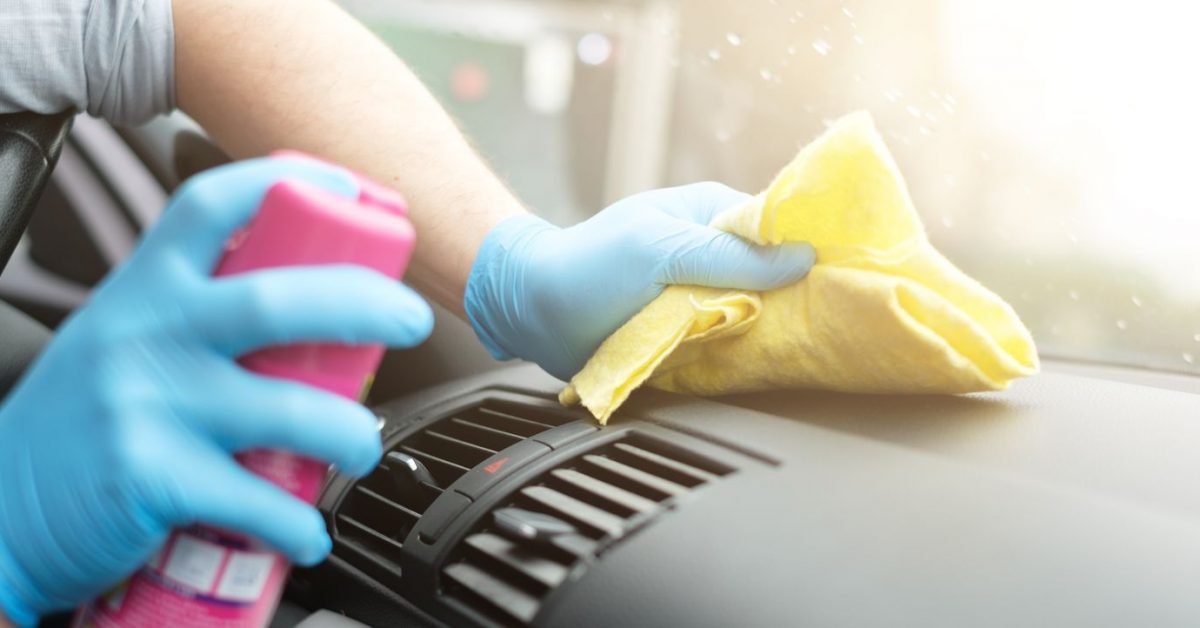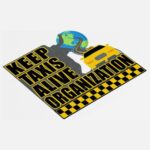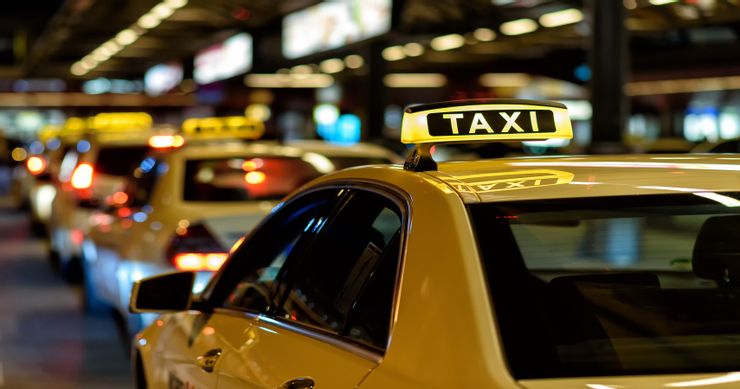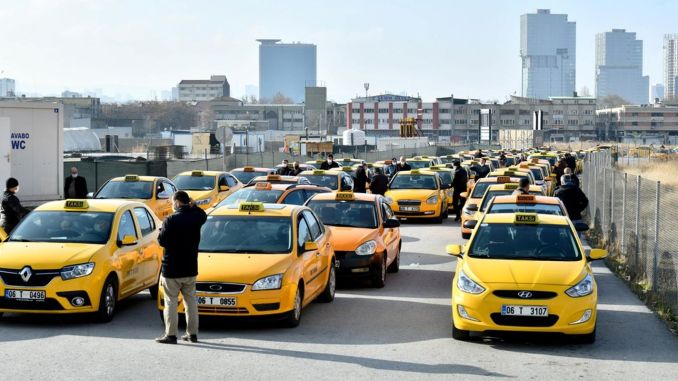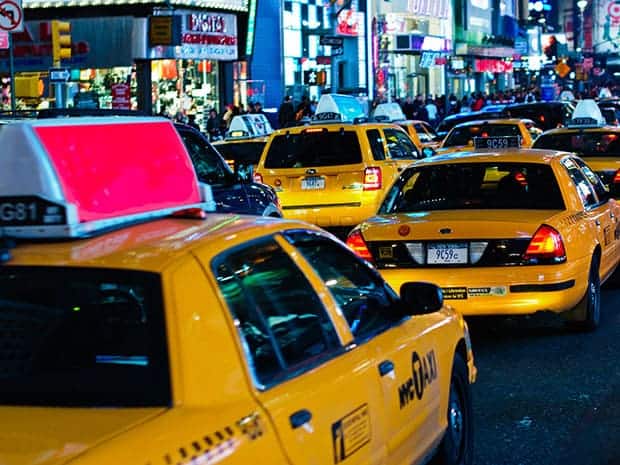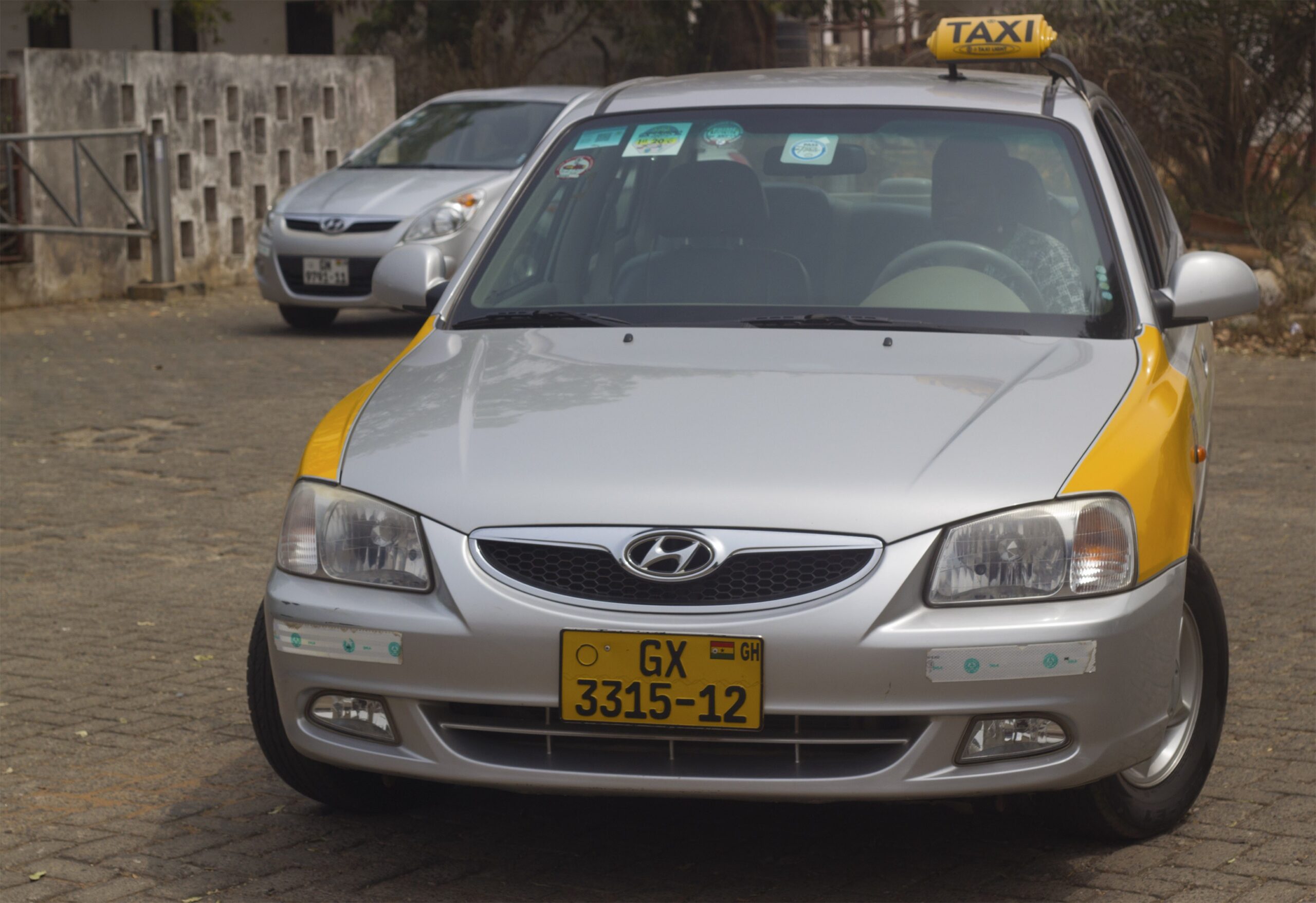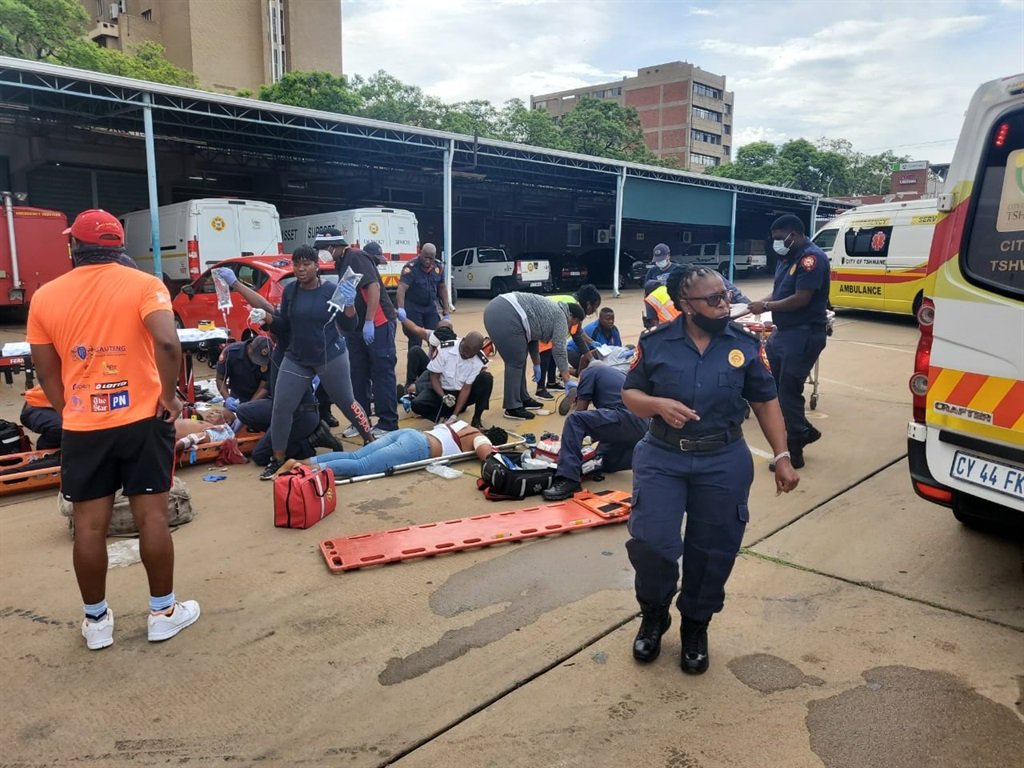People who are known or suspected to have COVID-19 may use non-emergency vehicle services, such as passenger vans, accessible vans, and cars, for transportation to receive essential medical care. When transporting a known confirmed positive passenger, it is recommended that drivers wear an N95 respirator or facemask (if a respirator is not available) and eye protection such as a face shield or goggles (as long as they do not create a driving hazard), and the passenger should wear a facemask or cloth face covering. Occupants of these vehicles should avoid or limit close contact (within 6 feet) with others.
The use of larger vehicles such as vans is recommended when feasible to allow greater social (physical) distance between vehicle occupants. Additionally, drivers should practice regular hand hygiene, avoid touching their nose, mouth, or eyes, and avoid picking up multiple passengers who would not otherwise be riding together on the same route.
CDC recommends that individuals wear cloth face coverings in settings where other social distancing measures are difficult to maintain, especially in areas with significant community transmission. Cloth face coverings may prevent people who don’t know they have the virus from transmitting it to others; these face coverings are not surgical masks, respirators, or personal protective equipment (PPE). Cloth face coverings should not be placed on young children under age 2, anyone who has trouble breathing, or is unconscious, incapacitated or otherwise unable to remove the mask without assistance.
The following are general guidelines for cleaning and disinfecting these vehicles.
At a minimum, clean and disinfect commonly touched surfaces in the vehicle at the beginning and end of each shift and between transporting passengers who are visibly sick. Ensure that cleaning and disinfection procedures are followed consistently and correctly, including the provision of adequate ventilation when chemicals are in use. Doors and windows should remain open when cleaning the vehicle.
When cleaning and disinfecting, individuals should wear disposable gloves compatible with the products being used as well as any other PPE required according to the product manufacturer’s instructions. Use of a disposable gown is also recommended, if available.
- For hard non-porous surfaces within the interior of the vehicle such as hard seats, arm rests, door handles, seat belt buckles, light and air controls, doors and windows, and grab handles, clean with detergent or soap and water if the surfaces are visibly dirty, prior to disinfectant application. For disinfection of hard, non-porous surfaces, appropriate disinfectants include:
- EPA’s Registered Antimicrobial Products for Use Against Novel Coronavirus SARS-CoV-2, the virus that causes COVID-19. Follow the manufacturer’s instructions for concentration, application method, and contact time for all cleaning and disinfection products.
- Diluted household bleach solutions prepared according to the manufacturer’s label for disinfection, if appropriate for the surface. Follow manufacturer’s instructions for application and proper ventilation. Check to ensure the product is not past its expiration date. Never mix household bleach with ammonia or any other cleanser.
- Alcohol solutions with at least 70% alcohol.
- For soft or porous surfaces such as fabric seats, remove any visible contamination, if present, and clean with appropriate cleaners indicated for use on these surfaces. After cleaning, use products that are EPA-approved for use against the virus that causes COVID-19 and that are suitable for porous surfaces.
- For frequently touched electronic surfaces, such as tablets or touch screens used in the vehicle, remove visible dirt, then disinfect following the manufacturer’s instructions for all cleaning and disinfection products. If no manufacturer guidance is available, consider the use of alcohol-based wipes or sprays containing at least 70% alcohol to disinfect.
Gloves and any other disposable PPE used for cleaning and disinfecting the vehicle should be removed and disposed of after cleaning; wash hands immediately after removal of gloves and PPE with soap and water for at least 20 seconds, or use an alcohol-based hand sanitizer with at least 60% alcohol if soap and water are not available. If a disposable gown was not worn, work uniforms/clothes worn during cleaning and disinfecting should be laundered afterwards using the warmest appropriate water setting and dry items completely. Wash hands after handling laundry.


